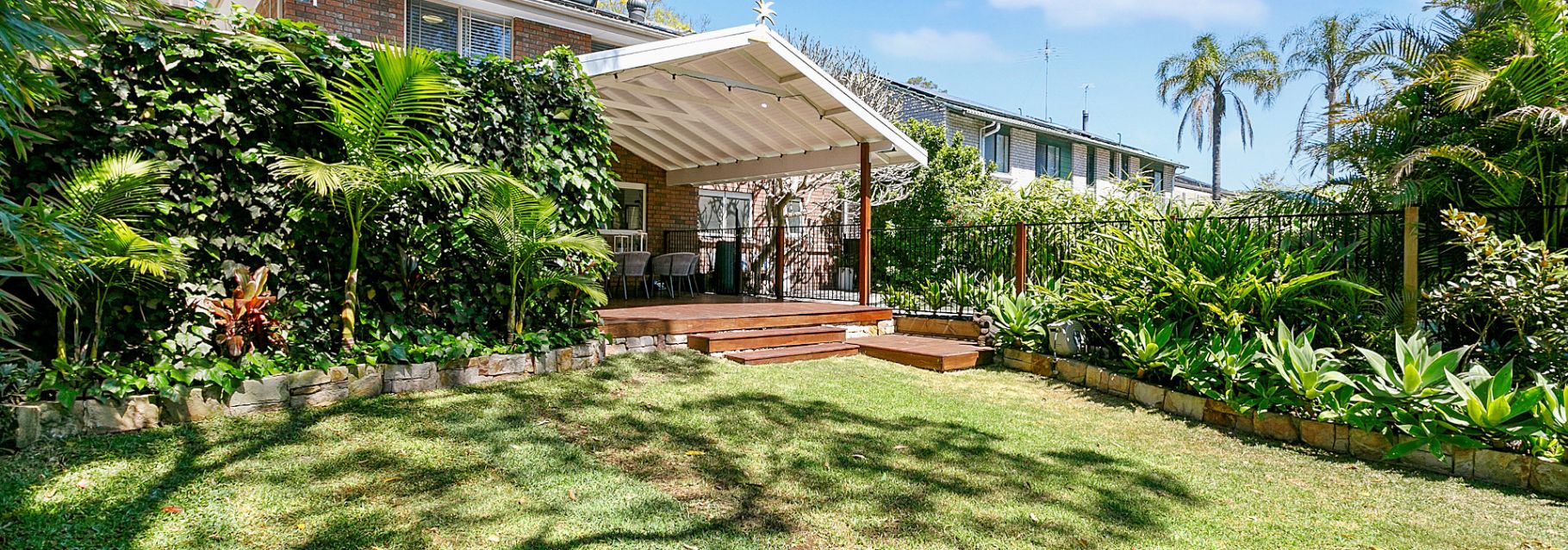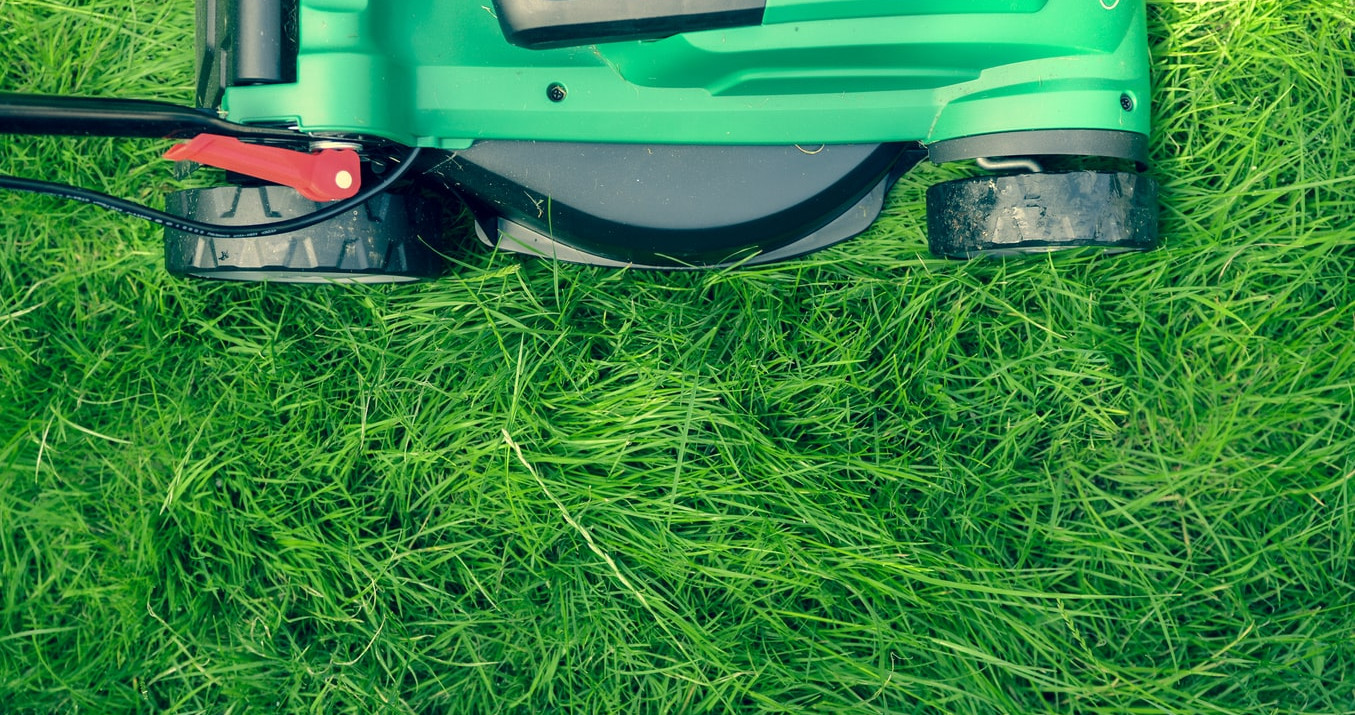Your neighbours will be green with envy!
There are numerous levels of care you have for your lawn, but we’re all too busy and want to have the best-looking lawn we can, whilst only putting in the minimum amount of time, money and effort into it as possible, right? You can buy the best lawn variety going, like DNA Certified Sir Walter Buffalo, but even this isn’t completely maintenance-free!
Team Bloom have you covered. The following outlines the best mowing techniques. You’ll also find links to our top lawn maintenance tips article where we interview an expert at Lawn Solutions Australia as well as a video and an easy to refer to maintenance calendar for you to print and keep in your garage.
Improper mowing is one of the most common causes of lawn problems. The good news is that can easily be changed. Follow the tips below to change your mowing habits and you’ll get a huge boost towards having your best lawn ever!
The correct mowing technique
Mowing seems simple enough, but each time you cut your grass you’re paving the way for your lawn’s success or failure. Mow correctly, and you’ll groom turf that’s healthy, drought-tolerant, thick enough to crowd out weeds and attractive to the eye.
Mow incorrectly, and your lawn will struggle to survive. The most common mistakes when it comes to mowing are cutting the grass too short, or mowing too infrequently.
Avoid scalping your lawn
Letting grass grow tall and then removing more than 1/2 the leaf blade is called scalping and can seriously damage your lawn. Mowing grass extremely low can also damage the lawn by cutting into the crown of the plants. A scalped lawn is vulnerable to diseases and weed infestation. Scalped turf tends to be weak and sparse, which exposes soil causing it to dry out. One of the number one contributors to weed infestation is exposure to the soil that allows weed seed to take root and the shoots to get plenty of sunlight. Even the most weed-resistant lawn varieties like ‘Sir Walter Buffalo turf’ needs to have a little length to keep the weeds out.
Sharpen your mower blades
Make sure your mower blades are sharp to cut cleanly. A dull blade tears grass, creating a jagged, uneven edge. These tears create openings for pests and diseases to enter grass blades. A lawn that has been cut with a dull blade can become discoloured at the tips because frayed grass blades lose moisture easily. Sharpen blades at least a few times during the mowing season. Reel type mowers only need sharpening roughly once a year but adjust them to ensure they cut cleanly. Consider purchasing an extra mower blade so you always have a sharp blade at the ready. Sharpening or replacing your mower blades won’t only stop your grass leaves from being ripped and bruised, but can also decrease your fuel consumption by up to 25%.
Adjust your mower height
Select the proper mowing height for your lawn. Measure the grass plants after mowing a very small area and then adjust your mower as necessary. Always mow your lawn at the recommended cutting height. For instance, shift the cutting deck higher in drought conditions and allow grass to grow longer. Taller grass develops deeper roots, helping to withstand dry spells better. Cutting heights should be raised during cooler months to aid photosynthesis with longer leaves and to minimise weed growth.
Avoid cutting wet or wilted grass
Mowing a wet lawn doesn’t harm the grass, but it doesn’t yield the best results. Wet grass fills and clogs a mower deck, leading to corrosion. It also tends to clump together as you mow, creating an uneven cut as the wheels run over the off-cuts. Cutting wilted grass, particularly during the hottest part of the day, can also cause severe damage to your lawn so it’s best to mow in the cooler parts of the day.
Always vary your mowing pattern
Try not to mow your lawn in the same direction every time. Shake it up a bit. When you mow in the same direction all the time you can compact the soil into actual ruts. Both compact soil and ruts can lead to grass that’s less healthy, followed by weeds that thrive in compacted soil.
Be gentle with damaged grass
Raise the mower height up to a notch or two when mowing a lawn that’s recovering from drought, insect damage or disease. This gives your lawn a little extra length for better photosynthesis whilst it gets going again.
Conclusion
In conclusion, try to mow frequently so that you don’t inadvertently cut more than 1/3rd of the leaf blades off in one go. When in doubt keep the cutter deck higher than you think you need to and you will always have a healthy lawn that is free from weeds, diseases and pests.
Now you’ve got your mowing down pat, Team Bloom brought in one of the most experienced turf producers in the industry, Joe Rogers of Lawn Solutions Australia, to share his best lawn maintenance tips.
Download your step-by-step lawn maintenance calendar.



